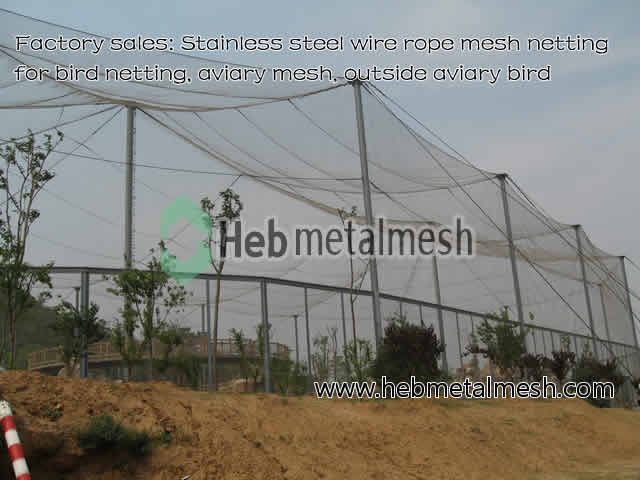Bird infestations can pose significant challenges. They can damage property, harm crops, and pose health risks.
Bird control netting offers a humane and effective solution. It’s a method that’s gaining popularity in urban planning, agriculture, and property management.
This guide will delve into the various aspects of bird control netting. We’ll explore its benefits, installation tips, and how to choose the right solution for your needs.
Whether you’re a property owner, a pest control specialist, or an urban planner, this guide will provide valuable insights into managing bird populations effectively.
Understanding Bird Control Netting
Bird control netting is a physical barrier. It’s designed to prevent birds from accessing specific areas.
The netting is made from durable materials. These include polyethylene, polypropylene, and stainless steel.
It’s used in various settings. These range from urban areas to agricultural fields and industrial sites.
The primary goal is to deter birds humanely. It’s a non-toxic method that doesn’t harm the birds or the environment.
The Importance of Effective Avian Control
Birds can pose significant challenges. They can cause property damage and health hazards.
Effective avian control is crucial. It protects property, crops, and public health.
Bird control netting is a reliable solution. It offers a humane and non-disruptive method for managing bird populations.
Types of Bird Netting Materials
Bird netting comes in various materials. Each has its unique benefits and uses.
Polyethylene netting is lightweight and durable. It’s ideal for temporary installations.
Polypropylene netting is UV resistant. It’s perfect for long-term outdoor use.
Stainless steel netting is the strongest. It’s best for heavy-duty applications.
- Polyethylene: Lightweight, durable, ideal for temporary use
- Polypropylene: UV resistant, perfect for long-term outdoor use
- Stainless steel netting: Strongest, best for heavy-duty applications

Advantages of Bird Netting Over Other Methods
Bird netting offers several advantages over other bird control methods. It’s a humane and effective bird repellent.
Unlike chemical repellents, netting doesn’t harm birds. It simply prevents them from accessing certain areas.
Moreover, bird netting is a long-term solution. Once installed, it provides continuous protection without the need for frequent reapplications.
Installation and Maintenance Tips
Installing bird netting requires careful planning. The netting should cover all potential entry points.
Here are some tips for effective installation:
- Ensure the netting is taut and secure.
- Regularly inspect the netting for damage.
- Repair any holes or tears promptly.
Proper maintenance extends the lifespan of your bird control netting. It ensures the netting remains an effective bird repellent.
Legal and Environmental Considerations
Bird control methods must comply with local wildlife regulations. Some bird species are protected, limiting the control methods you can use.
Bird netting is generally accepted as a humane bird repellent. It prevents access without harming the birds.
However, it’s crucial to ensure non-target wildlife isn’t negatively impacted. Regularly check your netting to avoid trapping other animals.
Choosing the Right Bird Control Netting Solution
Selecting the right bird control netting depends on your specific needs. Consider the bird species, the area size, and the netting’s durability.
Mesh size is crucial. Smaller birds require smaller mesh sizes. Larger birds can be deterred with larger mesh sizes.
Quality is key. High-quality netting withstands environmental factors, ensuring long-term effectiveness


